
The AIA’s Committee on the Environment has unveiled the winners of the 2023 COTE Top Ten Awards. The ten projects have been recognized “for their significant achievements in holistic sustainability and advancing climate action and equity.”
To be eligible for the award, projects were required to demonstrate alignment with COTE’s criteria of social, economic, and ecological values. Projects were then evaluated by a four-person jury based on the effectiveness of their holistic design solution and metric associated with the ten principles of AIA’s Framework for Design Excellence.
We have republished the ten honored projects below.
Casa Adelante 2060 Folsom, San Francisco, California
Mithun with Y.A. Studio
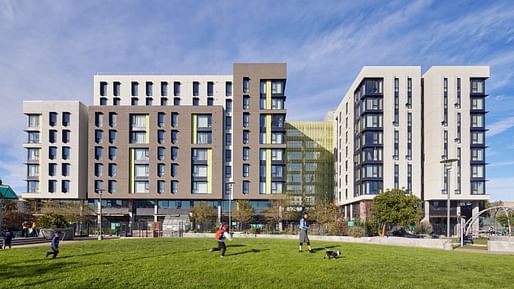
Project excerpt: "In San Francisco’s Mission District, where 47% of the city’s households are housing-cost burdened, Casa Adelante provides 127 households with permanently affordable housing at no more than one-third of their income. The project takes advantage of its walkable and transit-rich site to bolster social equity and strive for a low-carbon future. Through its massing, the project increases the south-facing perimeter to create the most housing and provides compelling park views for the majority of the building’s units."
Confluence Park, San Antonio, Texas
Lake|Flato Architects + Matsys
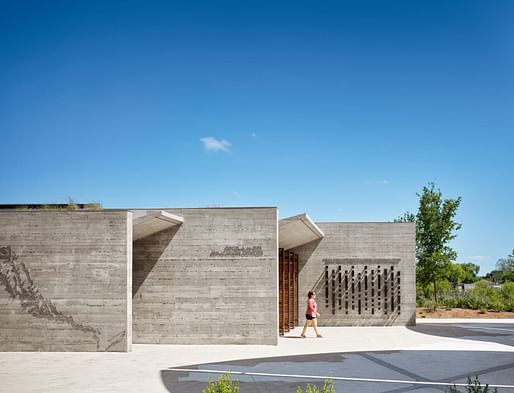
Project excerpt: "Along the bank of the San Antonio River, Confluence Park is a living laboratory designed to broaden visitors’ understanding of south Texas ecotypes and the impact of urban development on local watersheds. A destination for learning and recreation, the park is part of the country’s largest environmental restoration project and an accessible gateway to outdoor activity."
DPR Sacramento Zero Net Energy Office, Sacramento, California
SmithGroup
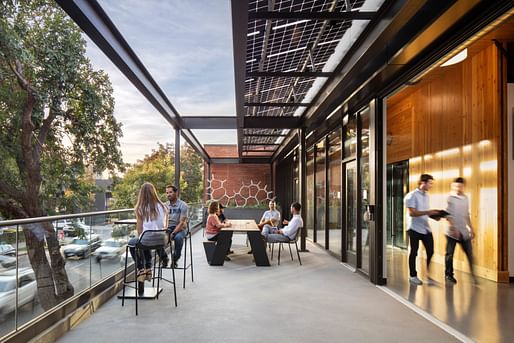
Project excerpt: "For its new headquarters in Sacramento, DPR Construction envisioned a sustainable work environment that would foster a greater sense of collaboration among its employees and would have strong ties to both nature and the surrounding community. The net zero energy project includes the renovation of an almost 27,000-square-foot building originally constructed in 1940 and a 5,600-square-foot addition built entirely with cross-laminated timber."
Harvard University Science and Engineering Complex, Boston, Massachusetts
Behnisch Architekten
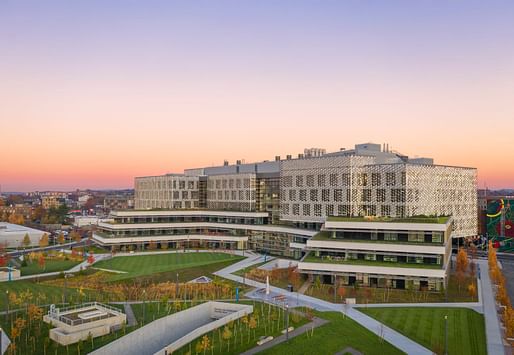
Project excerpt: "Among the healthiest and most energy-efficient laboratory buildings in the world, Harvard’s Science and Engineering Complex (SEC) helps shift the typology toward environmental stewardship. It sets a new standard for Harvard and highlights its mission to shape a more sustainable university community and planet. Designed to reflect the leading research taking place inside, the complex also connects users to one another in the spirit of collaboration."
John W. Olver Transit Center, Greenfield, Massachusetts
Charles Rose Architects

Project excerpt: "The first net zero energy transit center constructed in the United States, the John W. Olver Transit Center is a vital intermodal hub that has introduced high-performance design to Massachusetts. The project, a depot for bus lines, Amtrak, and an office for the county’s government, is testament to Franklin County’s commitment to sustainability and ethical design. Shaped by a continuous process of community engagement, the center’s design pays homage to the city of Greenfield’s past, relying on dark brick, copper, and locally sourced stone that allow it to slip seamlessly into the city’s stately downtown district."
RIDC Mill 19: Buildings A & B, Pittsburgh, Ohio
MSR Design
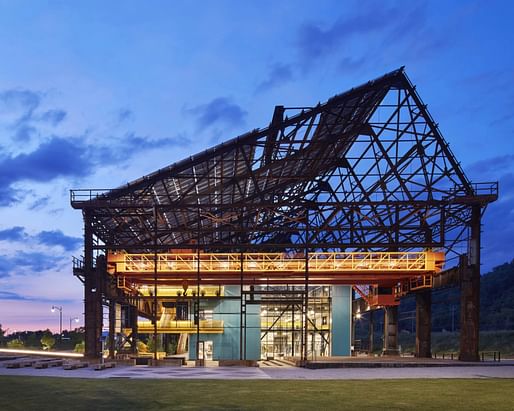
Project excerpt: "A vital new addition to Pittsburgh’s post-industrial landscape, Mill 19 is a bold transformation of a former steel mill that now welcomes the sustainable future of advanced manufacturing. Within the decommissioned mill’s steel superstructure, multi-tenant, tech-focused buildings create tension between old and new, while the country’s largest single-slope bifacial glass photovoltaic array crowns the project."
Science and Environmental Center, Hillsborough, California
Leddy Maytum Stacy Architects
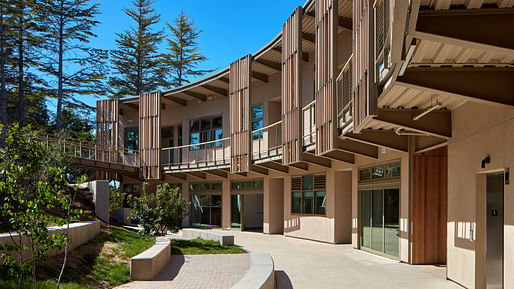
Project excerpt: "The new net zero carbon Science and Environmental Center is the embodiment of The Nueva School’s mission to spark a passion for lifelong learning and foster social acuity and environmental citizenship in the imaginative young minds of its students. The center supports the independent school’s evolving mission that is rooted in sustainability and environmental stewardship as a central tenet of student education."
UC San Diego North Torrey Pines Living & Learning Neighborhood, San Diego, California
HKS, Inc & Safdie Rabines Architects

Project excerpt: "The largest project in the University of California, San Diego’s history, the North Torrey Pines Living and Learning Neighborhood reflects the school’s reputation as a longtime leaders in climate change research and education and its quest to be carbon neutral by 2025. The neighborhood is a mix of three residence halls, two academic buildings, eight general assignment classrooms, offices, parking, and public amenities that work in concert to foster iterative improvement and innovation among the next generation of environmental stewards."
Watershed, Seattle, Washington
Weber Thompson

Project excerpt: "As one of the few buildings enrolled in Seattle’s Living Building Pilot Program, this building looks to move beyond incremental changes to achieve a better environment. Watershed is a regenerative seven-story office building making a profound positive effect on Seattle’s waterways, which suffer from a significant stormwater runoff problem that is affecting wildlife. Through strategies such as a series of bioswales that step down the site’s hillside, the building cleans more than 400,000 gallons of highly polluted water before it drains into nearby Lake Union."
Westwood Hills Nature Center, St. Louis Park, Minnesota
HGA Architects and Engineers
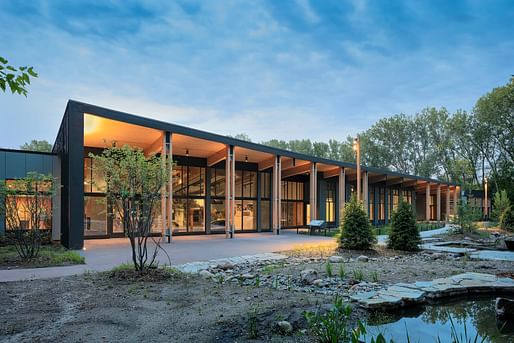
Project excerpt: "A new interpretive and accessible gateway to nature for the city of St. Louis Park, Minnesota, the Westwood Hills Nature Center immerses visitors in the surrounding forest full of birdsong and gentle breezes. Its design draws inspiration from the site with an exterior skin that evokes tree bark and a combination of fiber cement panels and window assemblies that subdivide and branch, much like the surrounding trees."
You can compare the 2023 cohort with those of previous years by reviewing our ongoing coverage of the AIA COTE Top Ten Awards here.

The Home of Shadows / Edition #3
Register by Thu, Nov 21, 2024
Submit by Mon, Mar 3, 2025

2025 Lyceum Fellowship - A Community for the Future of Food
Register/Submit by Thu, May 22, 2025

The Last Nuclear Bomb Memorial / Edition #5
Register by Thu, Jan 16, 2025
Submit by Wed, Feb 19, 2025

Show Garden Competition for Seoul International Garden Show 2025
Register/Submit by Wed, Dec 18, 2024
1 Comment
These are mostly regular projects we see every day on street. I wonder if it is the award application process with the required keywords.